Understanding Musical Textures in Piano Music Learning
Texture in music refers to how musical notes are layered and organized, especially in accompaniment. For those engaged in piano music learning, understanding textures is essential for interpreting and performing pieces with nuance. In this lesson, we’ll focus on the three foundational accompaniment textures, all of which serve as building blocks in both beginner and advanced classical music.
These three core textures can be adapted based on the time signature, and though simple in origin, they form the basis for countless variations found in the works of great classical music composers.
1. Block Chords
Block chords are the most straightforward texture type. All notes in a chord are played simultaneously, forming a visual block on the staff. They’re often played once per measure, providing a stable harmonic foundation.


In piano music learning, block chords are often introduced early due to their visual simplicity and harmonic clarity. Variations of block chords may also include arpeggios, adding fluidity while maintaining harmonic structure.
2. Semi-Broken Chords
Semi-broken chords start with the lowest note of the chord, followed by the rest. This texture, also called bass-accompanied chord texture, adds dynamic movement to a steady harmonic base.


It can also expand into wider leaps between voices. For students of piano music learning, mastering this texture is crucial for interpreting Romantic-era classical music and building coordination between hands.
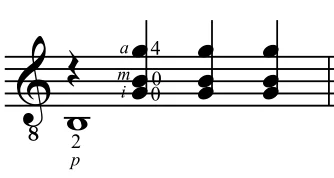
3. Broken Chords
In broken chords, each note of a chord is played individually in a repeating pattern. In time signatures like 2/4 or 4/4, the Alberti bass (low-high-middle-high) is common, while 3/4 or 6/8 may feature a simple ascending arpeggio.
Examples include:

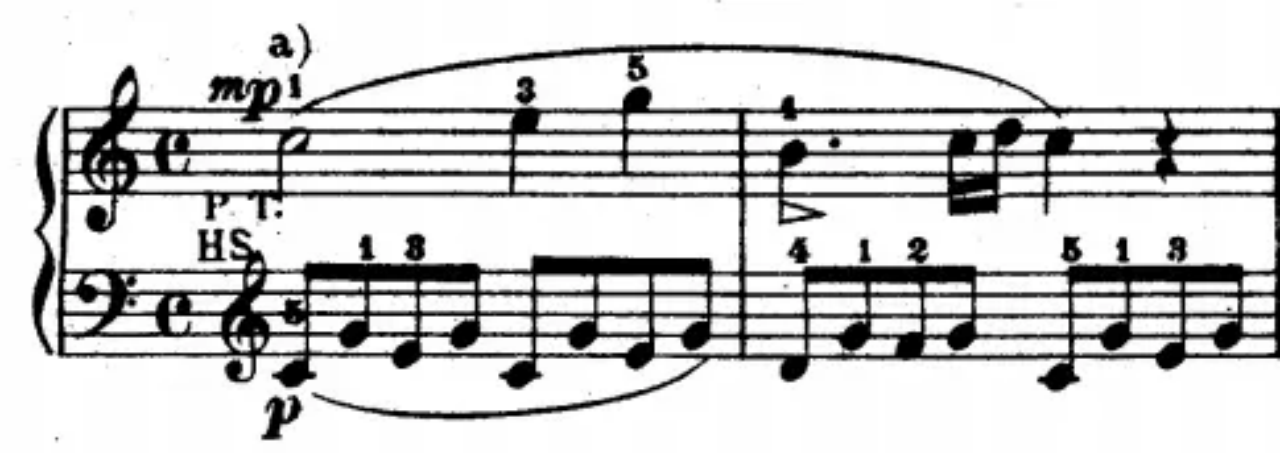
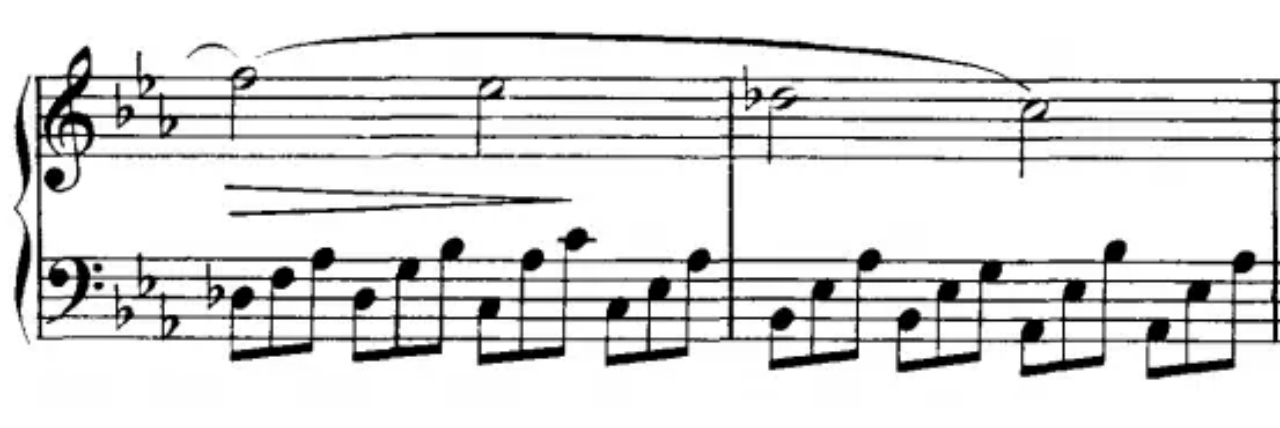
These patterns may evolve into flowing, wave-like textures or extended broken chord patterns. These appear often in classical music from the Romantic period, requiring finger independence and rhythmic stability.
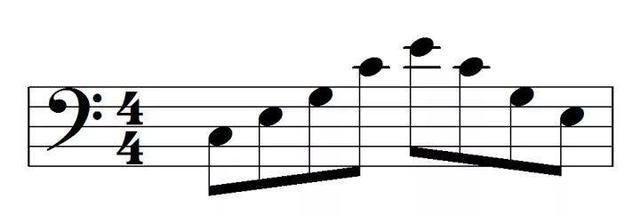
Variations in Textures
Once students grasp the basics, they can begin exploring expressive variations found in works by major classical music composers. Let’s examine how these three textures evolve:
1. Block Chord Variations
Rhythmic block chords: Beethoven’s Waldstein Sonata Op. 53 adds syncopated rhythm.

Octave range shifts: Liszt’s Vallée d’Obermann expands the texture in both hands.
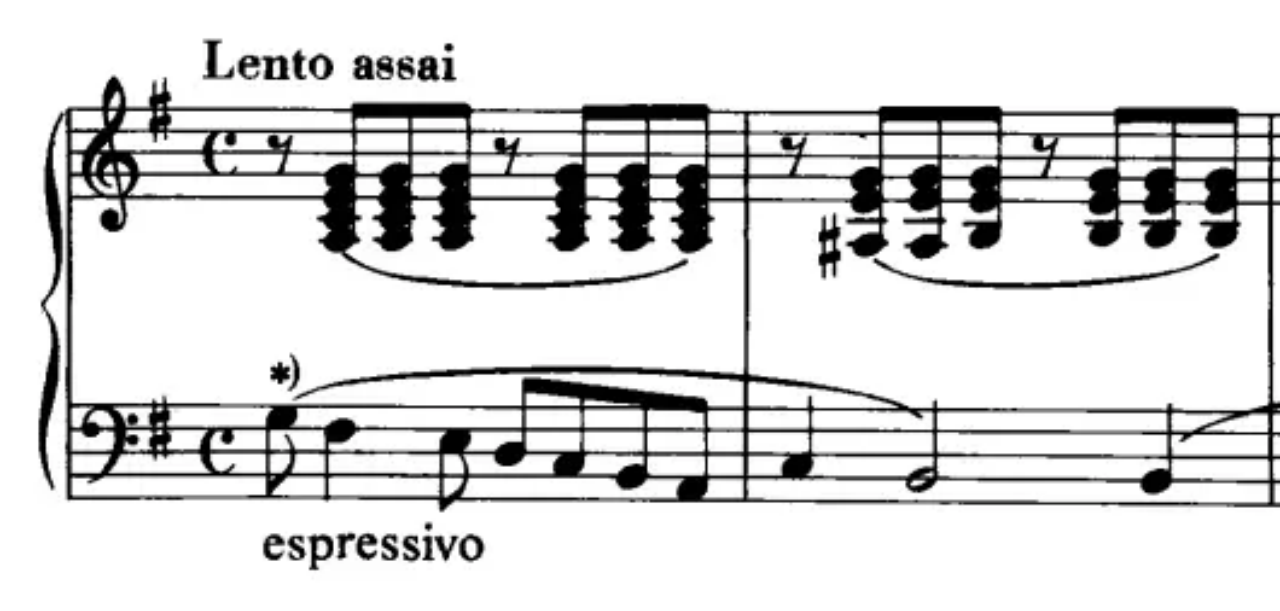
Staccato block chords: Beethoven’s Sonata Op. 2 No. 1 sharpens each chord.

Arpeggiated versions: Chopin’s Waltz Posthumous turns block chords into elegant flowing gestures.

These variations show how even the simplest texture can be shaped for dramatic expression.
2. Semi-Broken Chord Variations
Three-layer textures: Schubert’s Impromptu Op. 90 No. 4 reinforces the bass line.
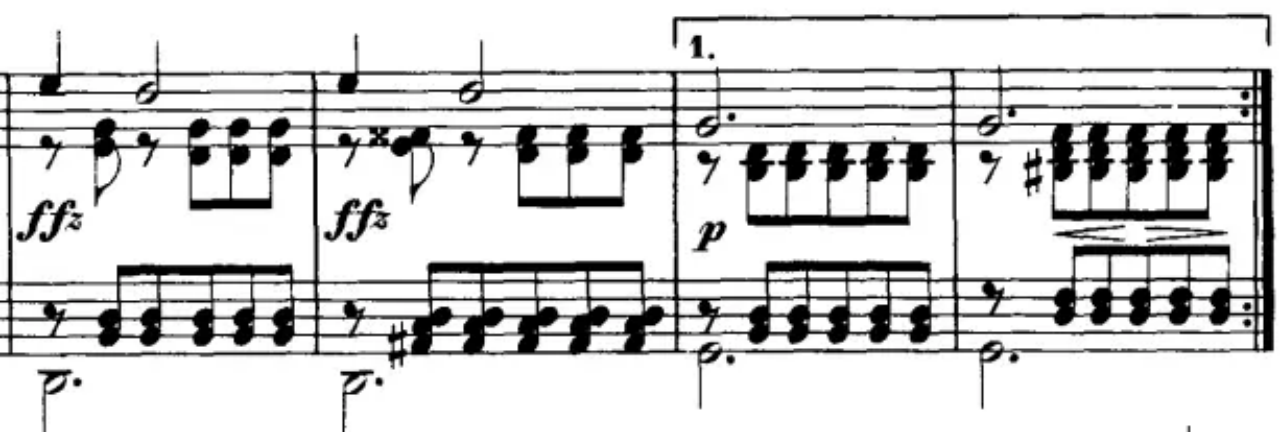
Flowing bass lines: Liszt’s Hungarian Rhapsody No. 12 uses continuous motion.
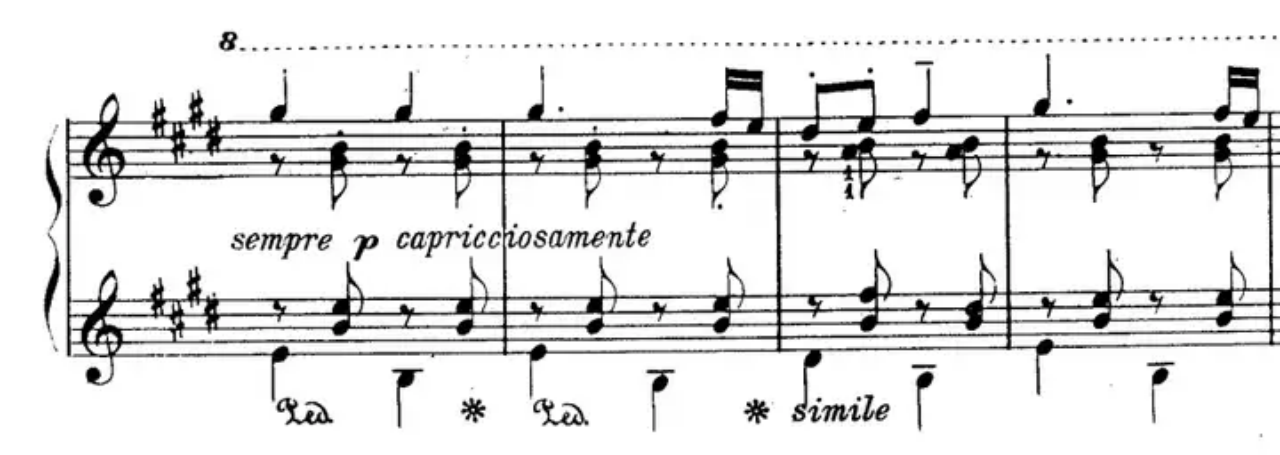
Syncopation: Elgar’s Salut d’Amour introduces a flexible rhythm.
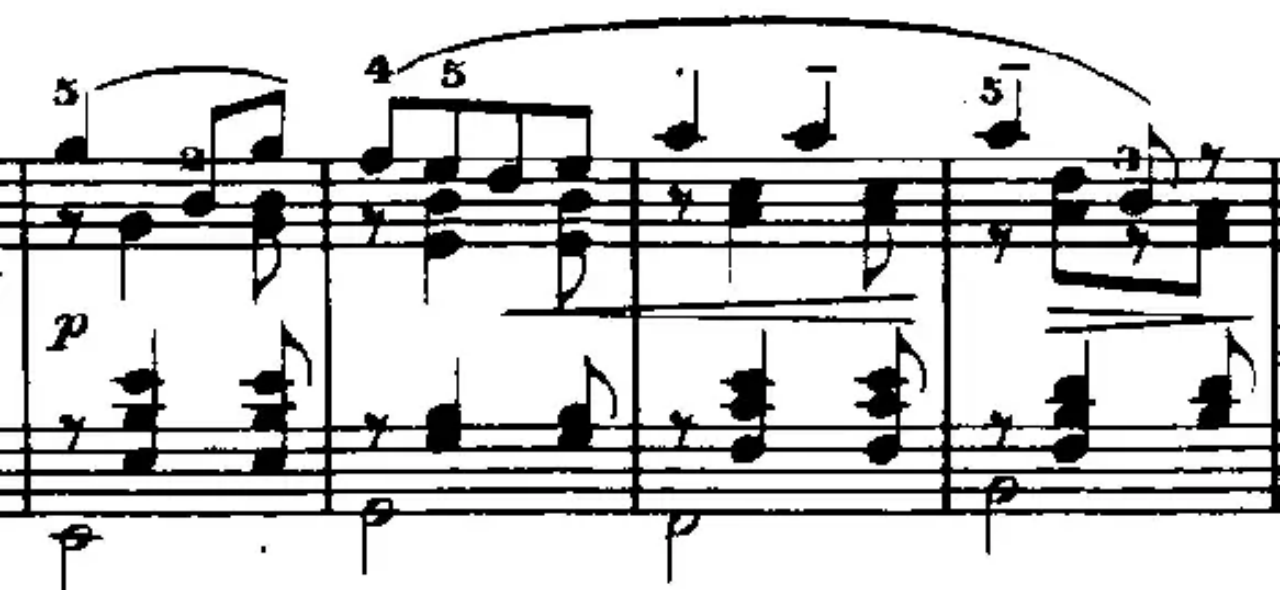
Dance-like figures: Chopin’s Polonaise Op. 40 No. 1 features characteristic rhythmic drive.
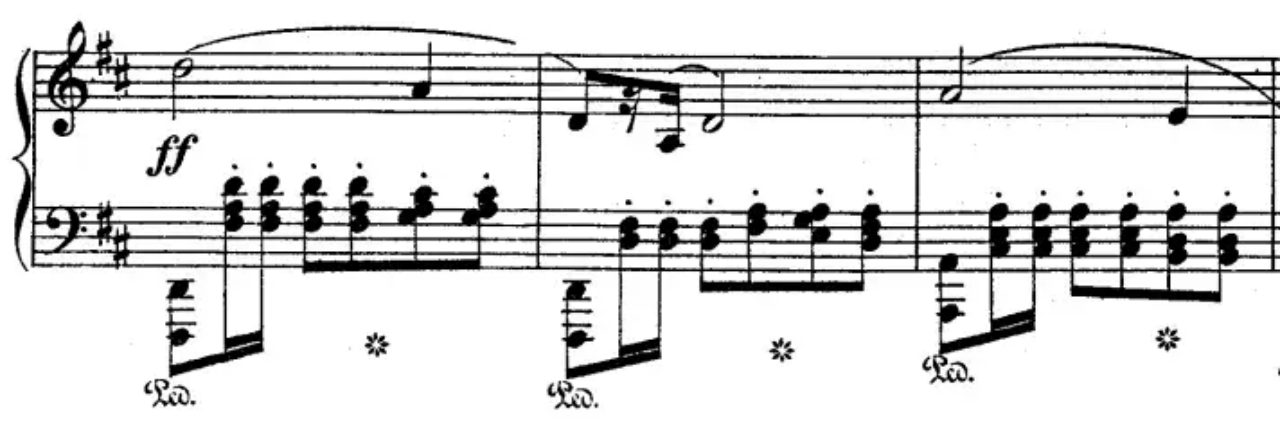
These techniques enrich piano music learning by deepening students’ understanding of accompaniment texture in Romantic classical music.
3. Broken Chord Variations
Wave textures: Found in Chopin’s Fantasie-Impromptu Op. 66, requiring fluidity.

Folded patterns: Du Mingxin’s Dance of the Waterweeds introduces subtle complexity.
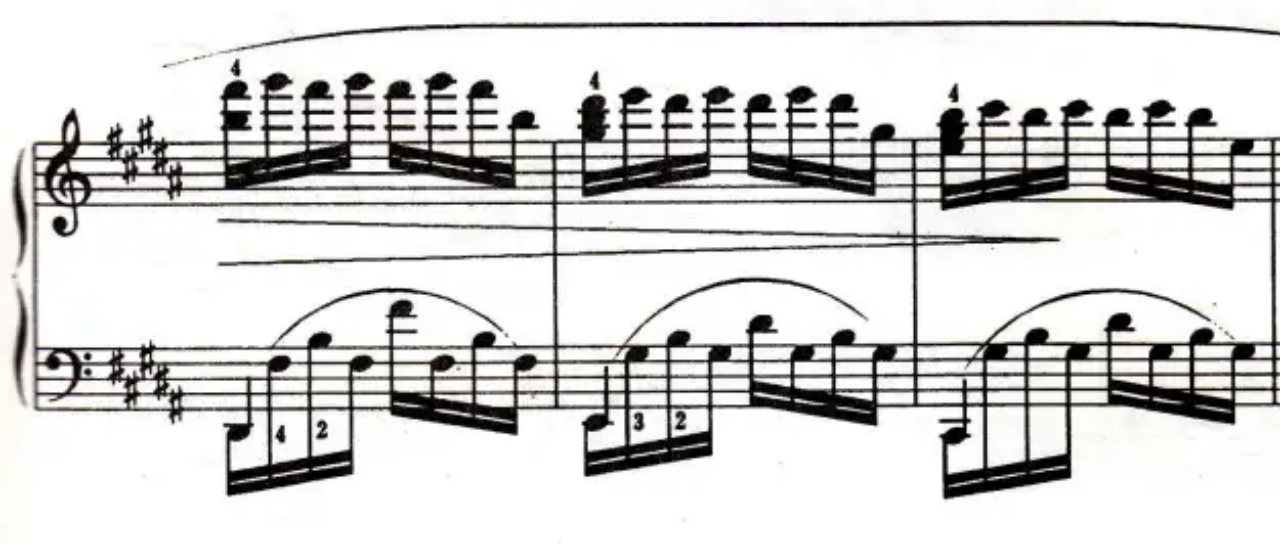
Folk-inspired motifs: Sun Yiqiang’s Spring Dance evokes ethnic color and rhythmic energy.

Recognizing these variations sharpens a pianist’s interpretive skills and is particularly valuable for students studying both traditional Western and Chinese classical music styles.
Whether you're analyzing the harmonic textures of Chopin or learning accompaniment patterns from Beethoven, these texture types and their many variations are essential for any student on their piano music learning journey. And if you're looking for high-quality, printable examples to practice these textures yourself, don't miss out on the resources available at SheetMusicGo.
At SheetMusicGo, you'll find curated selections of free sheet music from every major era—Baroque, Classical, Romantic, and even contemporary. Whether you're following along with Mozart, Debussy, or Schubert, or exploring lesser-known classical music composers, you'll have access to beautifully arranged piano scores that mirror the concepts you’re studying.
FAQs
1. Where can I find sheet music examples for different accompaniment textures?
You can explore and download free sheet music that features block, semi-broken, and broken chord textures from famous works at SheetMusicGo.
2. Why is texture important in classical piano music?
Texture influences how harmony and rhythm are perceived. Mastering it is essential for performing works by any classical music composer with clarity and style.
3. What’s the best way to practice texture in piano music learning?
Start with simple patterns like block chords and Alberti bass, then explore variations found in classical music, using annotated scores available on SheetMusicGo to guide your progress.












